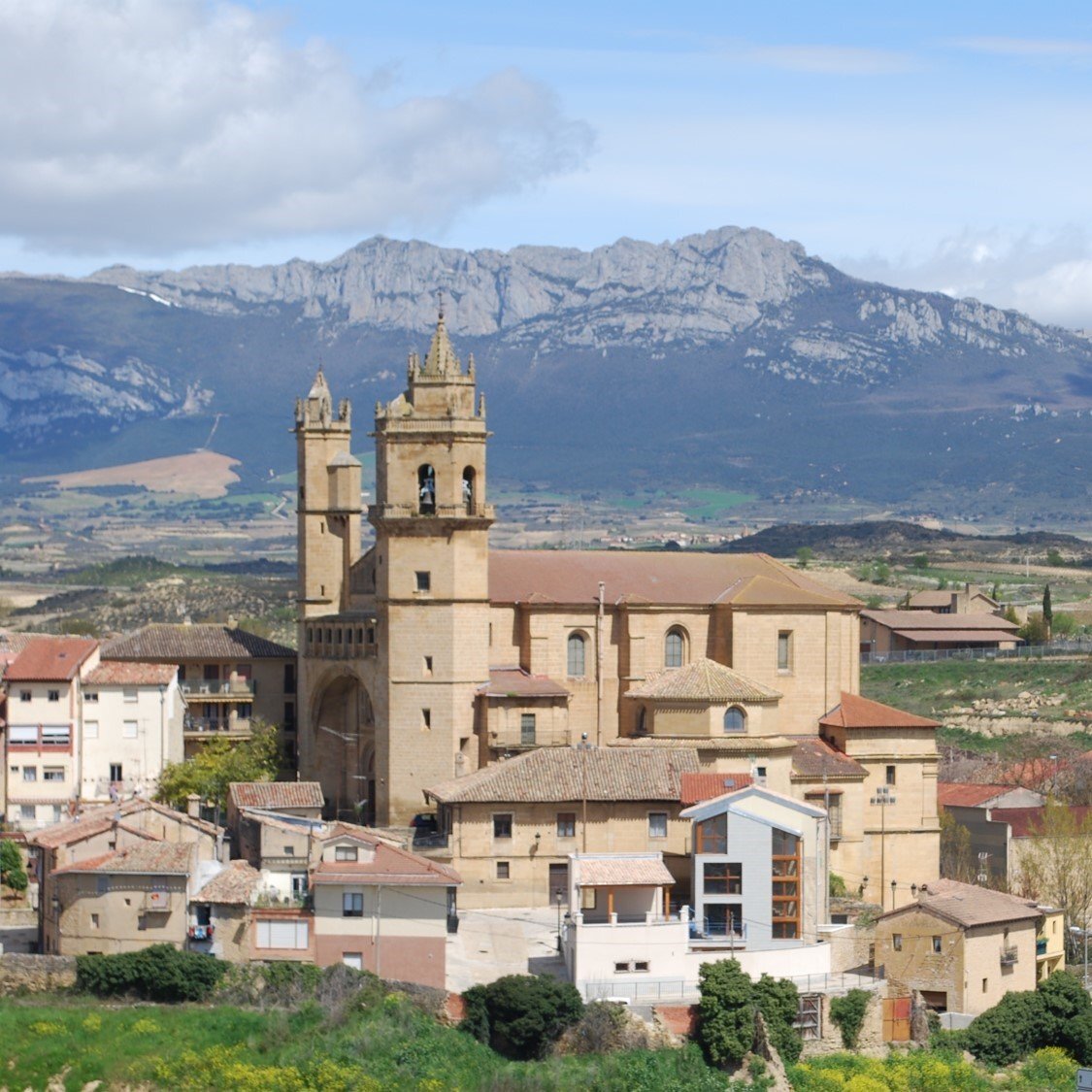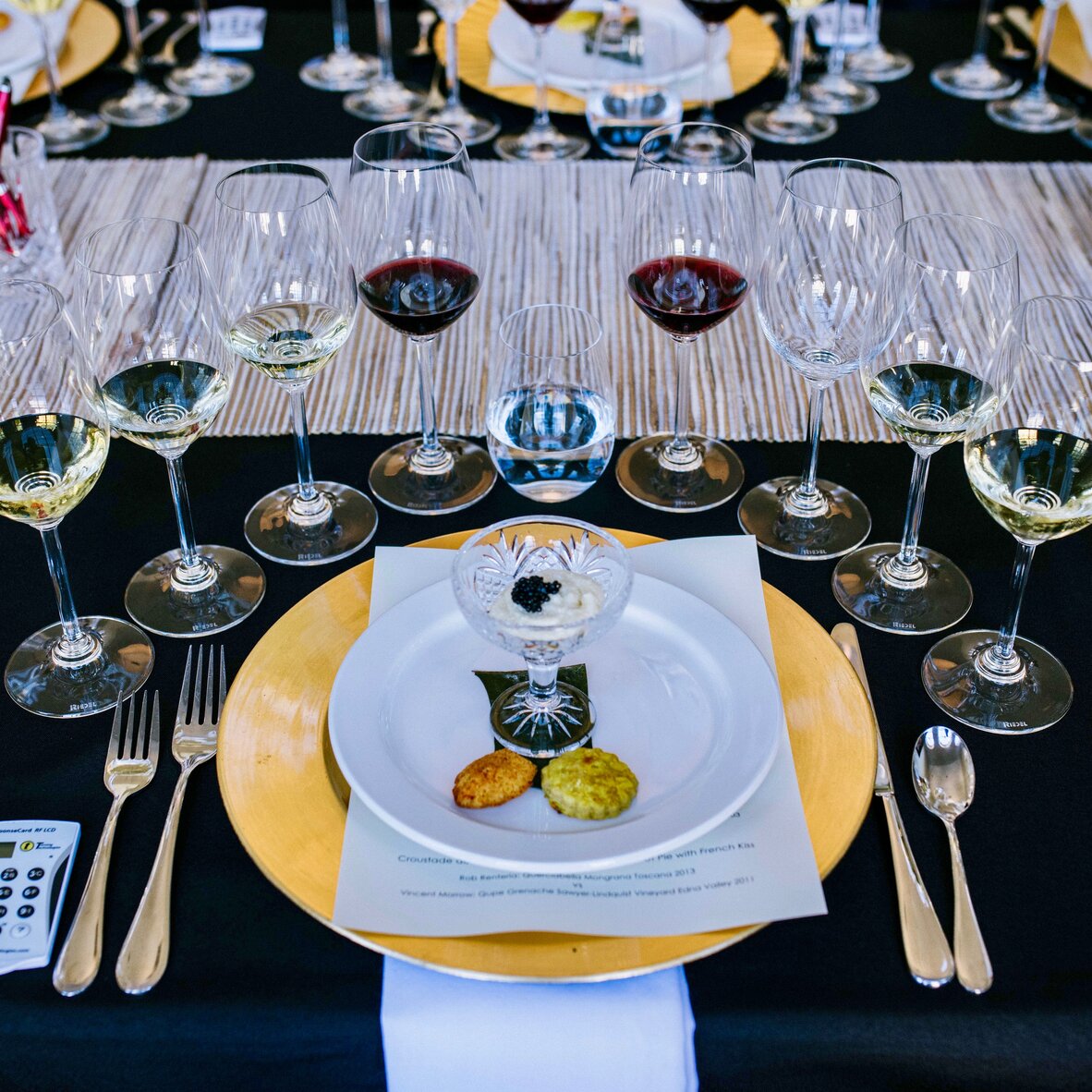The wine regions of Spain are delightfully diverse. From cool climates to hot, mountains to plains, Mediterranean to Atlantic, Spain can make any style of wine you’d like to have. And the country’s long, complex history adds layers of cultural influence to them.
Grapes Of Spain
For reasons that have more to do with history, politics, and trade than wine quality, the wine grape varieties of Spain don’t have the renown so many French varieties do. In fact, several varieties most people think of as French are actually Spanish. Let’s give credit where it’s due and take a look at the top grapes of Spanish wine regions.
Tempranillo
Tempranillo is the premier red wine grape of Spain by far. Owing to the cultural differences between Spanish wine regions, it also goes by many names, including Aragon, Cencibel, Tinta del Pais, Tinta del Toro, Tinta Roriz, and many more. You might think of Tempranillo as the Cabernet Sauvignon of Spain. It’s a native variety which makes deeply colored and structured varietal wines that age for decades. And it’s the lead variety in many blends, such as the famous reds of Rioja.
Garnacha
Garnacha is Spain’s second-most important red. Happy in warm climates, the thin-skinned grape delivers rich fruit flavor, especially red cherry, and generous alcohol, but moderate tannins and acidity. It’s the primary background singer in the Tempranillo-centric Rioja blends, adding roundness and fruit. In the warm, dry regions around Aragon, Garnacha is the star. It either leads the blends or is bottled as a varietal wine. That’s similar to its position in France’s Chateauneuf-du-Pape, where this Spanish native is called Grenache.
Cariñena / Mazuelo
Cariñena, known in France as Carignan, probably originated in the Spanish wine region (and town) called Cariñena. Even there, though, it has taken a backseat to Garnacha. In Rioja, it’s long been known as Mazuelo, as it is officially in Spain overall now. Mazuelo has always been behind both Tempranillo and Garnachain the Rioja blends, but is used even less now than it used to be. Mazuelo vines provide a lot of fruit, but need a long season and plenty of warmth for the grapes to become appealingly ripe. Otherwise its high acidity and grainy tannins can be quite prominent.
Albariño
Albariño is the Spanish white wine grape Americans know best. That’s in part because it is very often bottled as a varietal, so its name is front and center. It’s also because the wines are so appealing. There’s a good balance of fruit flavors (citrus and
stone fruit), along with floral accents, to balance mouthwatering acidity. Albariño, also known as Alvarihno, is native either to Galicia (northwestern Spain) or to northern Portugal, just across the Miño River to the south.
Viura / Macabeo
Viura (aka Macabeo and, in France, Maccabeu) hails from Catalunya (the coastal area near Barcelona). This variety has two primary uses which are quite different from each other. In its home territory, it is one of the three, traditional grapes of white Cava (Spain’s famous sparkling wines). But as a neutral, lowish-acid grape that is resistant to oxidation, it takes well to extended oak aging. In that form, Viura is the primary white wine of Rioja.
Palomino
Palomino is happy in hot, dry regions with loads of sun. Andalucia, in southern Spain, is exactly like that. It’s probably where Palomino originated. Though its possible to find “regular,” varietal Palomino, especially from Rueda and Bierzo, that’s not this grape’s most common wine. It is the main variety of Sherry, planted in much higher volume than the other two allowable varieties. Among Sherry wines, Fino will be most transparent to Palomino’s fairly neutral character.
Wine Regions In Spain
There are too many important Spanish wine regions to describe here. The five below are among the most essential to know.
Rioja
Rioja is certainly the most internationally famous of all Spanish wine regions. It’s long history, the quality of its red and white wines, and its great success as an exporter have assured that.
Rioja isn’t far from the Atlantic Ocean, but is surrounded by isolating mountains. Therefore, the climate is essentially continental. As mentioned above, the reds wines are blends based mostly on Tempranillo, Garnacha, and Mazuelo. The best wines, designated Gran Reserva, age at least five years at the winery, including two years or more in oak. They’ll continue to age well in consumers’ cellars for decades. Younger, fresher reds are also made, some with virtually no aging at all. Rioja rosé is fruity and deeply colored for that style. Traditionally, the white wines are barrel-aged Viura. In recent years though, there’s been a trend toward less oak on those wines and also for fresh, zippy wines made from Sauvignon Blanc and Verdejo.
Priorat
Priorat is a mountainous regions that overlooks the Mediterranean Sea, west of Barcelona. Its distinctive and unforgiving slate soils are terraced on the steep hills, allowing vines, and workers, a better foothold. Priorat has at least 800-years history in wine production, but only in the past 30 years has it gained acclaim. Today, its dark, rich, and structured red wines are highly sought-after. The main varieties in these blends are Garnacha and Mazuelo, but Syrah, Cabernet Sauvignon, and Merlot are increasingly common.
Ribera del Duero
Ribera del Duero runs 71 miles east-west, straddling the Duero River, in the autonomous community of Castilla y Leon. It’s Spain’s second-largest producer of red wines, after Rioja. An extreme continental climate and vineyard altitudes of 2,493 - 3,100 feet contribute to powerful red wines. They must be at least 75% Tempranillo, but are 100%. These concentrated and structured wines are best after several years of age and can mature for 50+ years in the cellar.
Rueda
Ruedo is a bit west of Ribeira del Duero in the expansive, Duero River basin. 99% of Rueda wine is white, principally 100% Verdejo. Blends with Sauvignon Blanc, a surprisingly similar variety, aren’t unusual though. Rueda has a complex patchwork of river-deposited soils: gravel, river rock, sand, and limestone. Blending Verdejo from the various terroirs builds compelling complexity.
Toro
Immediately west of Rueda is Toro. Toro is similar to Ribeira del Duero in many ways, with an extreme, continental climate and soils that are mostly combinations of sand, clay, and limestone. Toro is extremely dry, requiring very wide vine-spacing and deep roots. 93% of its wines are red, with Tempranillo the main variety. Garnacha is also allowed. The wines are typically juicier and more fruit-forward than those of Ribeira del Duero, but also benefit from age.
Our Favorite Spanish Wines
If you’d like to create a tasting survey of Spanish wines for yourself, here are the main categories you shouldn’t miss and can be tasted in our various Spanish Wine Programs and Workshops :
- Cava (blanco)
- Garnacha Blanca (from Terra Alta)
- Albariño (from Rias Baixas)
- Godello (from Valdeorras)
- Rueda (blanco)
- Rosé (from Navarra or Rioja)
- Rioja (blanco and tinto)
- Priorat (tinto)
- Toro or Ribeira del Duero (tinto)
- Sherry (Fino and Olorosso)
Spanish wine regions are as interesting to learn about as their wines are delicious. The diversity of climates, topographies, varieties, styles, history, and culture is always interesting. It may also lead to a craving for Spanish food...The San Francisco Wine School offers multiple opportunities to learn more about Spanish wine regions. Those include a two-hour Intro to Spanish Wine workshop, the three-hour Spain, Portugal and Greece workshop, and the Spanish Wine Scholar certification program. Contact us to learn more.



